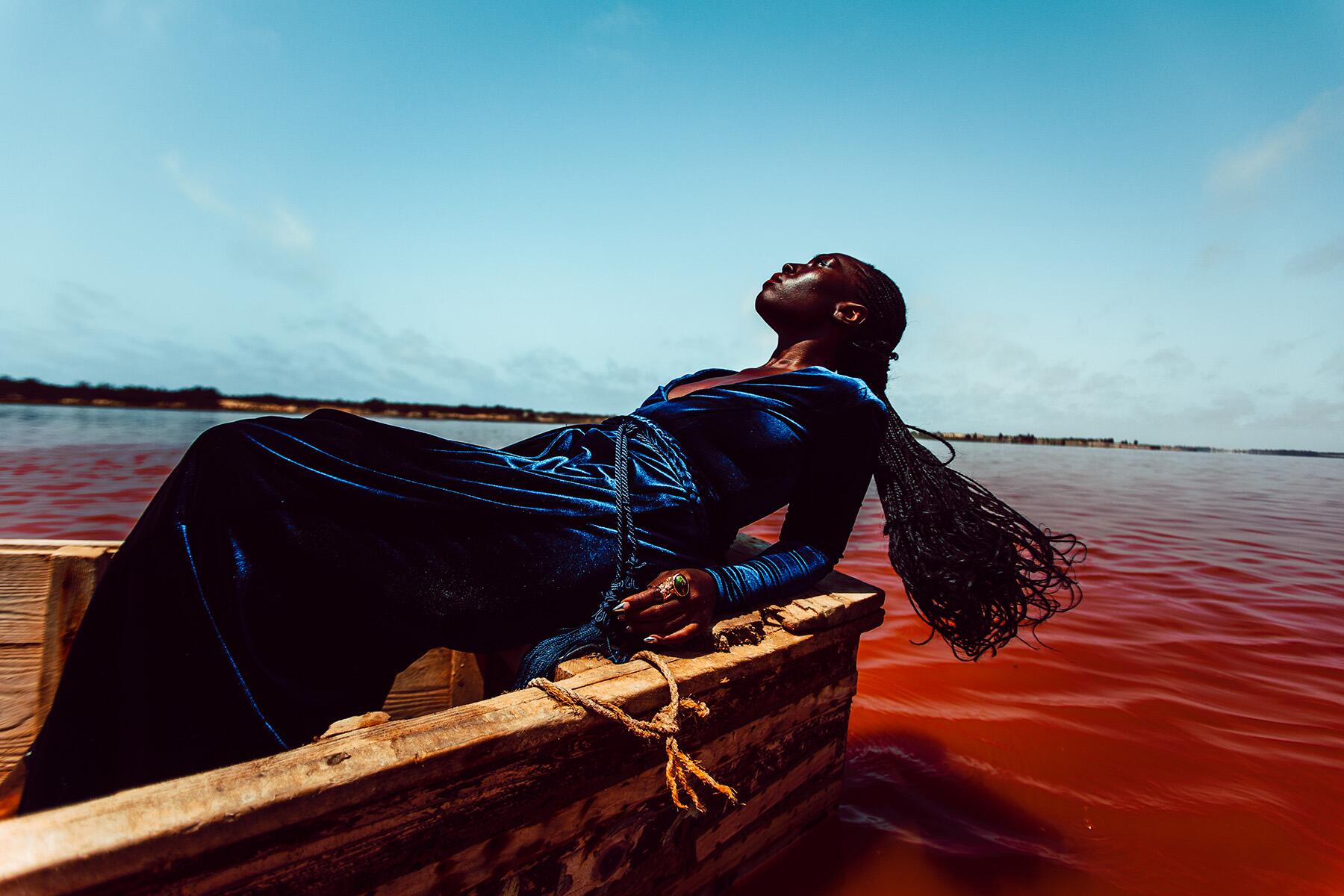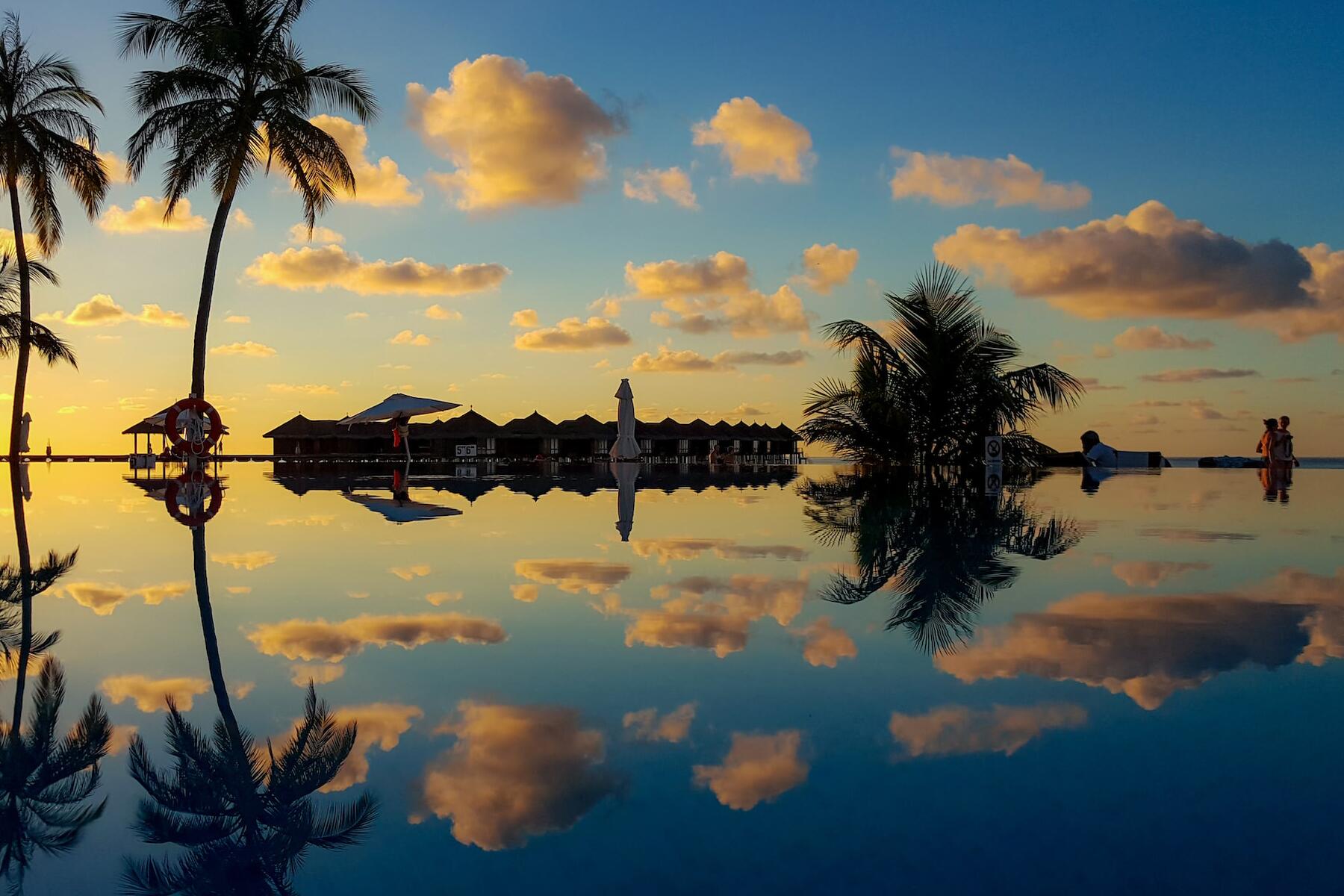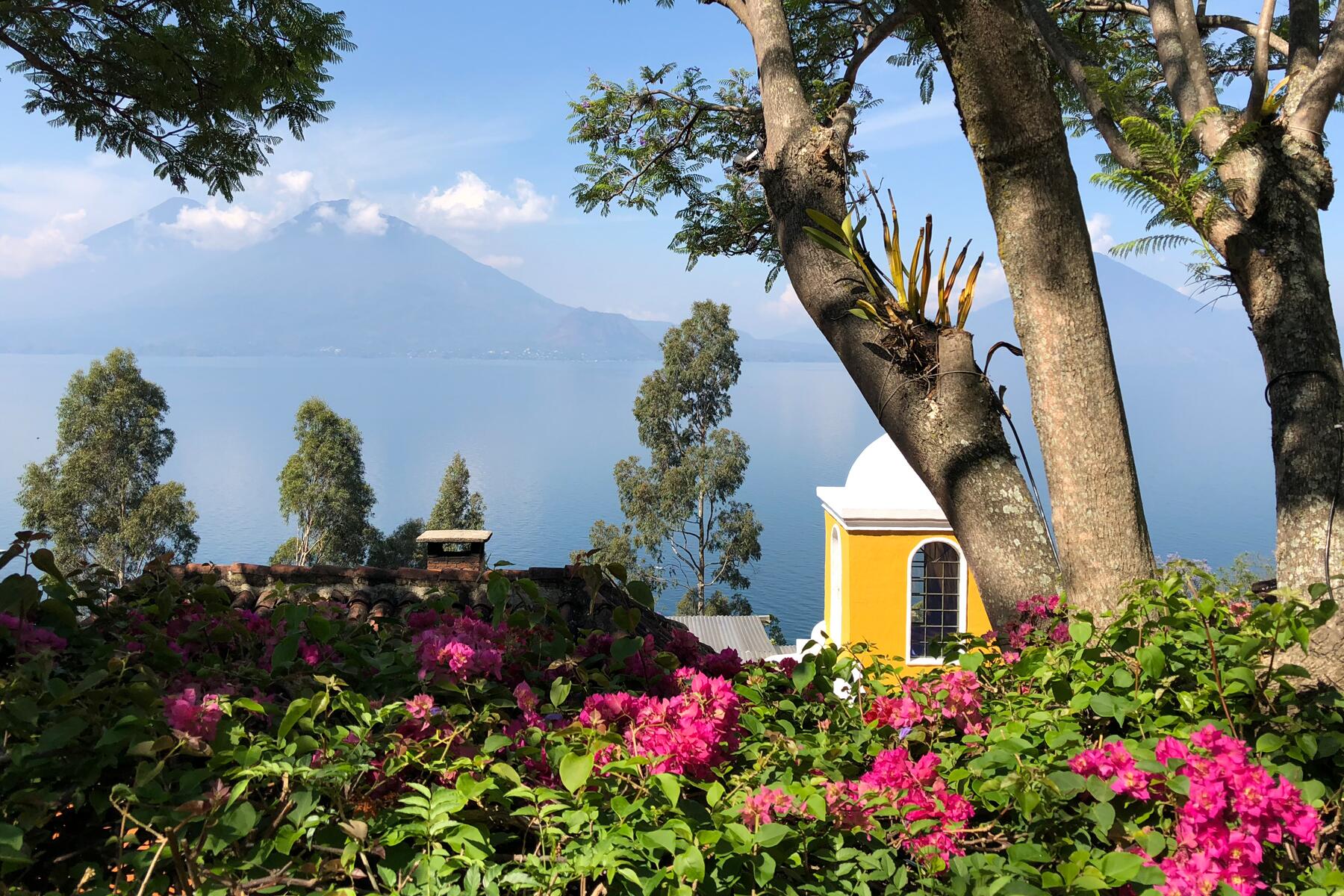Italy doesn’t come cheap. So, take your Italian vacation here instead.
It’s the fifth most popular country in the world for tourists, so naturally, Italy will hit your wallet. Hard. The average room rate in Rome is about $160 and, to be honest, if you yearn for more than four sad walls and a double bed, you’ll be spending a whole lot more. It’s no better in Florence or Milan and it’s even worse in Venice. Then there’s sustenance. Unless your idea of Italian eating is heading to a fast-food chain and ordering up the McSpaghetti, it’s hard to chow down for under $30 a day. And that’s pretty damn tight. Plus, kick in about $10 a day for transportation—minimum. Let’s not forget airfare—about $1,200, depending on departure city and time of year. So, one exceedingly mediocre week in Italy will cost a couple roughly $4,000. Oh, you also wanted to go see the sights, visit more than one city, have some drinks, and buy yourself something nice to take home, right? Let’s toss in another grand to be safe.
Or, you could go somewhere else to get your Italian fix. Somewhere closer, cheaper, and—believe it or not—somewhere just as beautiful. What wondrous place could this be? Why, it’s Lake Atitlán, Guatemala. OK, OK. I know what some of you are doing. You’re abandoning this article—frantically hitting the back button, leaving this site, threatening never to return again. You’re cursing at me. Calling me a clickbaiting expletive. But, hear me out. Just for a moment. Read on, it won’t take long, and if you’re not somewhat convinced by the end, then hit the back button, write off this site forever as one stuffed with lies and garbage, and then call me a clickbaiting expletive.





